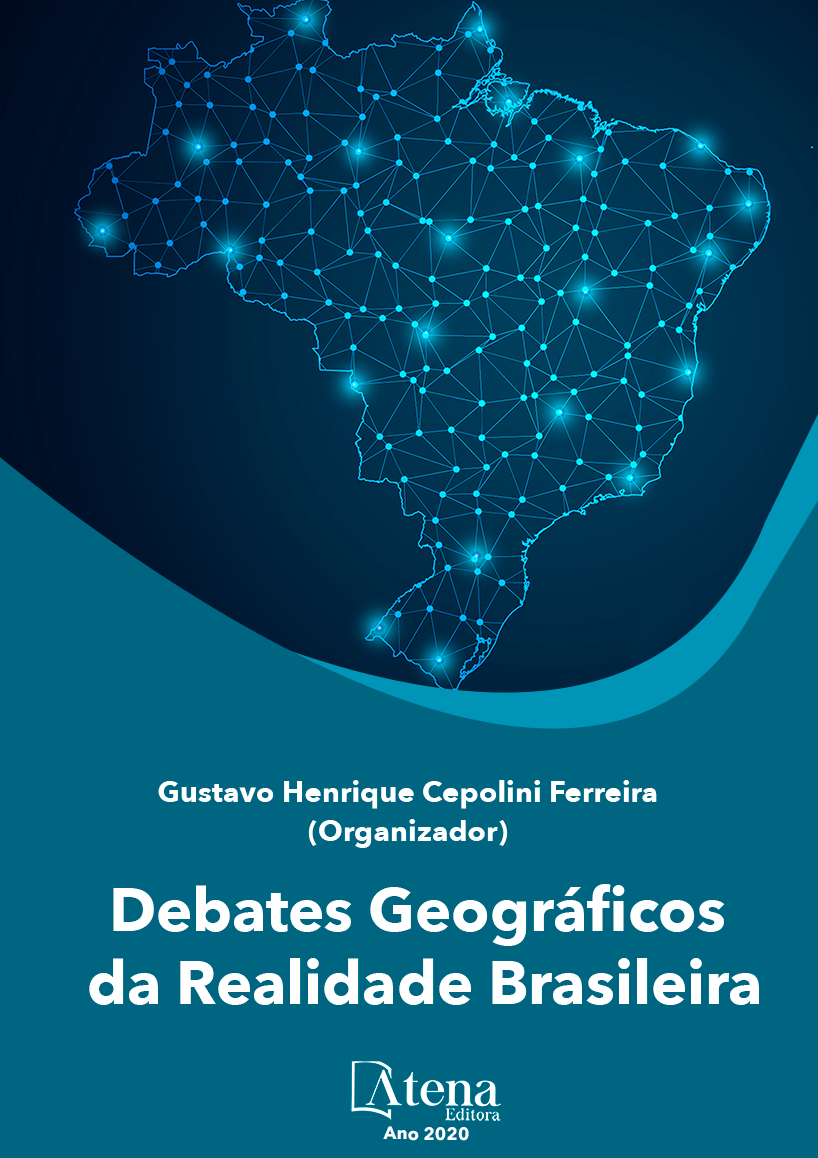
O conflito sírio como resultado da formação territorial: poder político e sectarismo religioso
A guerra na Síria teve sua deflagração nas manifestações que parte da população fez, pedindo, sobretudo, a saída do líder sírio Bashar Al-assad, de modo que o conflito veio a se tornar uma das piores tragédias humanitárias da atualidade. Produziu um fluxo de refugiados sírios por todo o globo terrestre, em uma verdadeira diáspora, além de inúmeras vidas dizimadas, com perdas materiais e imateriais, com a destruição de grandes obras arquitetônicas e cidades por inteiro, e todas as suas histórias.
Esse artigo busca analisar como a formação territorial da Síria e o seu caráter sectário, com grupos religiosos que não são maioria no país, mas que, entretanto, passaram a deter o controle político administrativo do território, foram determinantes para o agravamento do conflito que se inicia em 2011, e que até hoje, em 2019, oito anos depois, ainda se encontra em andamento.
Para tal, a análise será feita tomando como base os primórdios da criação do território Sírio, quando ainda era parte do Império Otomano, passando por mandatário Francês, até o presente, conhecendo como as tensões sectárias religiosas foram criadas e são parte fundamental para o entendimento do conflito hoje em dia. Também se levará em conta, neste artigo, a mudança política que a Síria passou desde sua formação como país, da autonomia adquirida com a independência, seguida por uma série de golpes de estado, até se estabilizar com o Partido Baath e a ascenção de Hafez Al-Assad ao poder, sendo esse o pai do atual presidente, Bashar Al-Assad.
Neste artigo também foi levantada a importância das manifestações chamadas pela grande mídia ocidental de “primavera árabe”, que eclodiram em países de regimes totalitários da região do Oriente Médio, e como essas manifestações, na Síria, não encontraram força suficiente para derrubar o governo, como ocorreu em outros países, gerando um conflito armado que perdura até os dias atuais.
Outro fator a ser debatido neste artigo, e que diferencia o conflito sírio, é a participação de um novo ator, os jihadistas do grupo autointitulado Estado Islâmico da Síria e do Iraque, que entra como inimigo comum às duas vertentes que já se enfrentavam: os rebeldes, apoiados, sobretudo, pela Arábia Saudita, Israel e EUA; e os soldados do governo, apoiados pela Rússia, Irã e o Hezbolla Libanês.
Como metodologia usada no artigo, foi visitada uma ampla bibliografia sobre a temática da Síria, das manifestações que eclodiram na região, e sobre o grupo jihadista, além do acompanhamento de notícias sobre o conflito nas principais fontes jornalísticas.
O conflito sírio como resultado da formação territorial: poder político e sectarismo religioso
-
DOI: 10.22533/at.ed.17920040519
-
Palavras-chave: Conflíto Sírio; Formação territorial Síria; Sectarismo Religioso.
-
Keywords: Conflict Syria; Formation of Territory Syrian; Religious Sectarism
-
Abstract:
The war in Syria was sparked by demonstrations by part of the population, calling mainly for the departure of Syrian leader Bashar Al-assad, so that the conflict became one of the worst humanitarian tragedies today. It has produced a stream of Syrian refugees across the globe, in a true diaspora, and countless lives decimated, with material and immaterial losses, with the destruction of great architectural works and entire cities, and all their stories.
This article seeks to analyze how the territorial formation of Syria and its sectarian character, with religious groups that are not the majority in the country, but which, however, came to hold the administrative political control of the territory, were decisive for the aggravation of the conflict It starts in 2011, and to this day, in 2019, eight years later, is still in progress.
To this end, the analysis will be based on the beginnings of the creation of the Syrian territory, when it was still part of the Ottoman Empire, passing through French mandator, to the present, knowing how the religious sectarian tensions were created and are a fundamental part for the understanding. of conflict today. This article will also take into account the political change Syria has experienced since its formation as a country, from the autonomy gained from independence, followed by a series of coups d'état, to stabilization with the Baath Party and the rise of Hafez. Al-Assad to power, this being the father of the current president, Bashar Al-Assad.
In this article, the importance of the demonstrations called by the western media of the “Arab Spring”, which erupted in countries of totalitarian regimes in the Middle East region, and how these demonstrations in Syria did not find sufficient force to overthrow the government, as happened in other countries, generating an armed conflict that continues to the present day.
Another factor to be debated in this article, and which differentiates the Syrian conflict, is the participation of a new actor, the jihadists of the self-titled Islamic State group of Syria and Iraq, which enters as a common enemy to the two sides already facing each other: the rebels, supported mainly by Saudi Arabia, Israel and the US; and government soldiers, backed by Russia, Iran and the Lebanese Hezbolla.
As a methodology used in the article, we visited a large bibliography on the theme of Syria, the demonstrations that erupted in the region, and on the jihadist group, as well as follow-up news about the conflict in the main journalistic sources.
-
Número de páginas: 10
- Leonardo Johas Petrocelli


